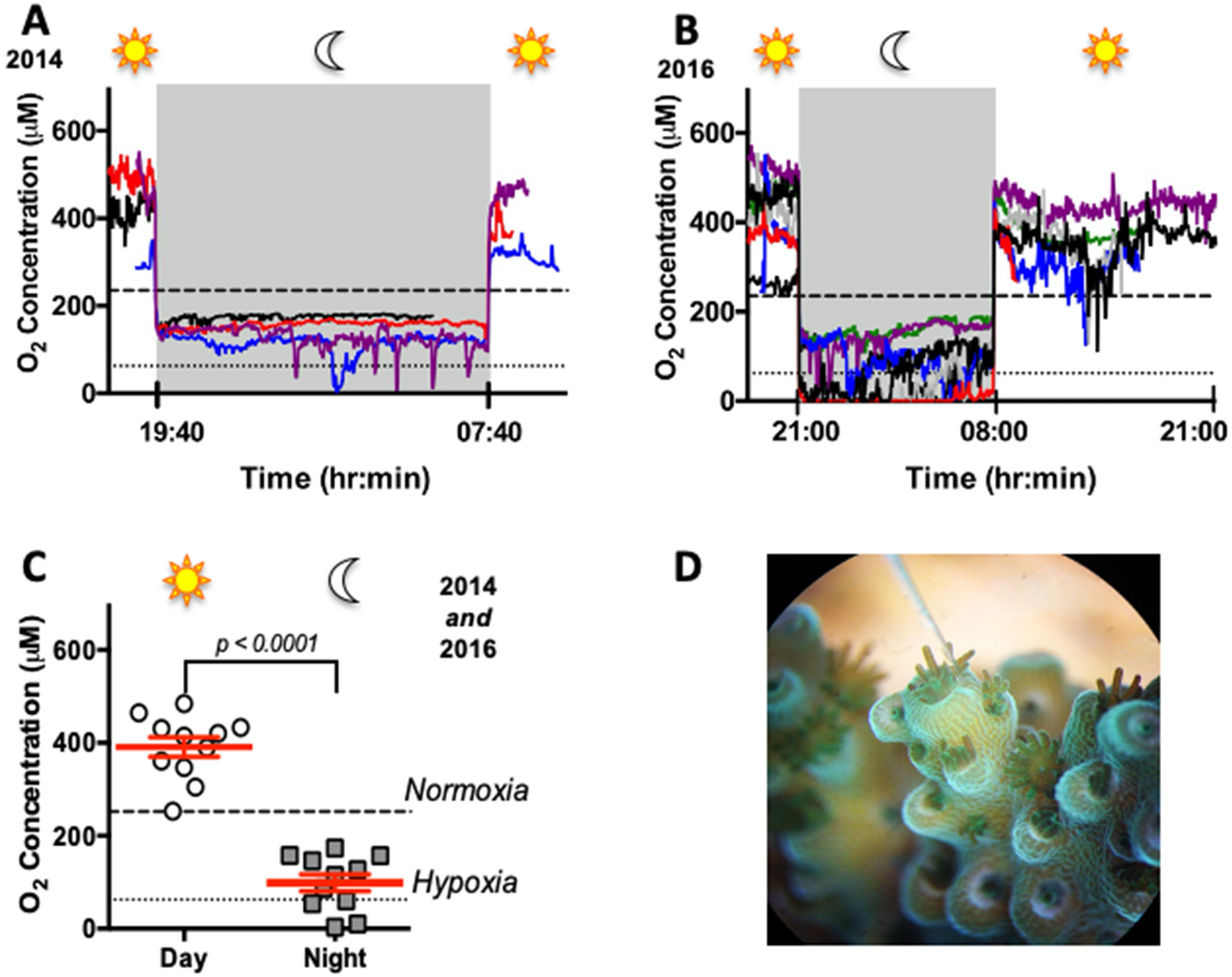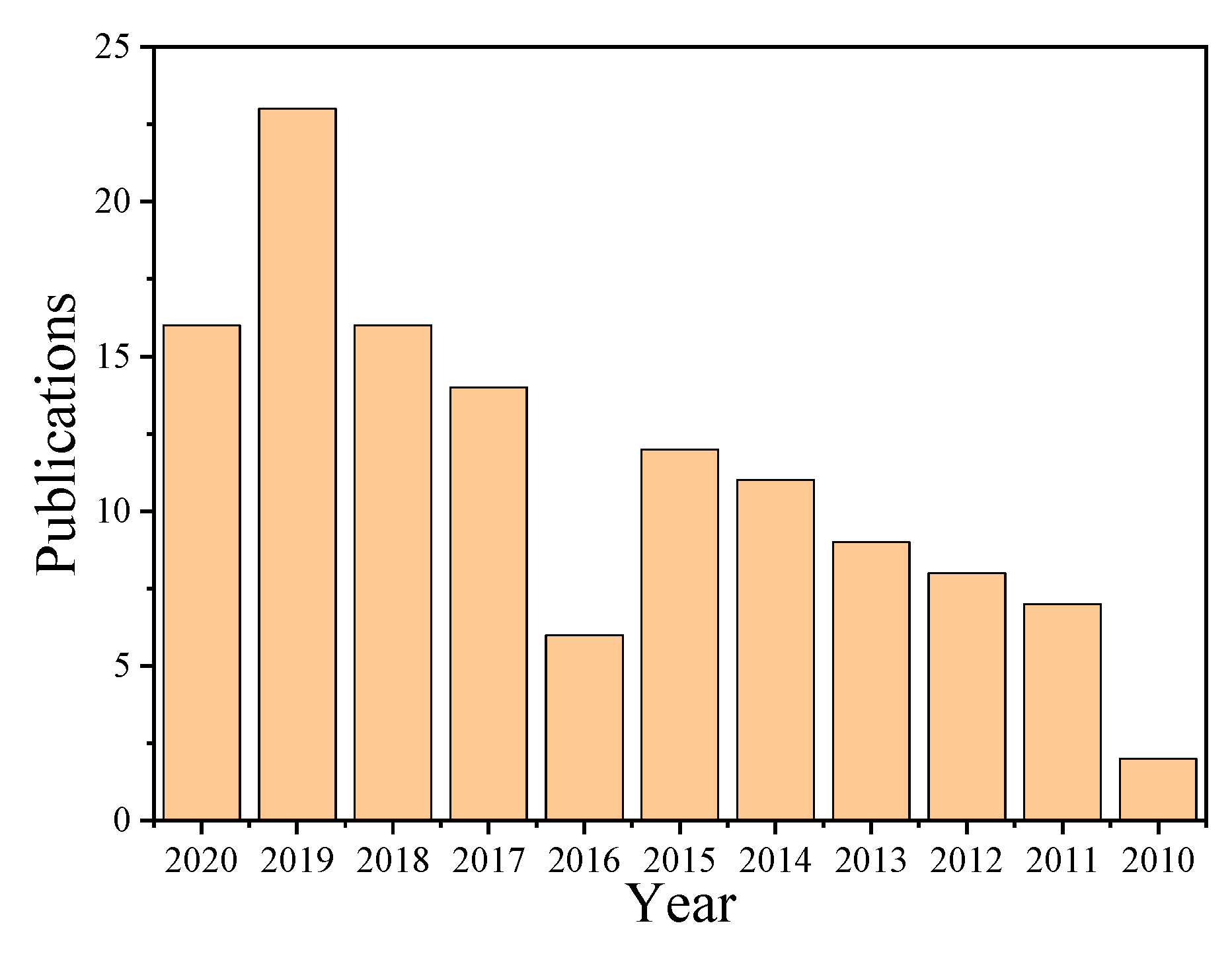

Moreover, we have also been seminally involved in the Phase I to III clinical testing of three oncology drugs, Telcyta, Telintra and NOV-002. Each of these research areas has had broad impact on a number of cancer disciplines. In addition, we have been instrumental in defining how GSTP contributes to the process by which cells respond to ROS by selective addition of glutathione to specific protein clusters, so called S-glutathionylation. Our research efforts have been integral to studies that have identified glutathione S-transferases (GST) as important in drug resistance, catalytic detoxification and as arbiters of kinase-mediated cell signaling events. We interrogate how reactive oxygen and nitrogen species (ROS/RNS) impact cancer cells and develop novel drugs that impact on glutathione based pathways. The Tew laboratory maintains an interest in using redox pathways as a platform to develop therapeutic strategies through drug discovery/development and biomarker identification. West Chair of Cancer Research, Medical University of South Carolina, USA Professor & Chairman, Dept of Cell & Molecular Pharmacology John C. Sarmistha Talukdar, Luni Emdad, Swadesh K. KashubaĦ. Evolving Strategies for Therapeutically Targeting Cancer Stem Cells (CSCs) Fisherĥ. Role of the RB Interacting Proteins in Stem Cell Biology Das, Bin Hu, Timothy Kegelman, Dong-chul Kang, Seok-Geun Lee, Devanand Sarkar and Paul B. Miller and Jr.Ĥ. AEG1/MTDH/LYRIC: A Promiscuous Protein Partner Critical in Cancer, Obesity and CNS Diseases Nichol, Daphné Dupéré-Richer, Teresa Ezponda, Jonathan D. 1. The Dual Role of Senescence in Pancreatic Ductal AdenocarcinomaĪngelo Porciuncula, Cristina Hajdu and Gregory DavidĢ. Small Molecule Targeting of BET Proteins in Cancerģ. H3K27 Methylation: A Focal Point of Epigenetic Deregulation in Cancer.Yoga has become a popular means of promoting physical and mental wellbeing 9 and is shown to improve health related quality of life in older people. Yoga is a mind-body practice that typically involves a combination of physical postures, breathing exercises, and concentration/meditation.

Exercise that mainly involved balance and functional training reduced falls. 8 Such programmes also reduce the number of people experiencing one or more falls. 3 6 7 A recent Cochrane review (108 randomised controlled trials, 23 407 participants) concluded there is strong evidence that well designed exercise programmes reduce the number of falls by about a quarter among older people living in the community. 4 5Ĭlinical guidelines from several countries recommend multifactorial interventions for preventing falls in older people, with exercise as a key component. This in turn increases the risk of future falls. A fall can also precipitate a fear of falling, which may lead to restriction of activity and hence physical deconditioning. 1 2 3 Falls and fall related injuries can be life changing and may result in chronic disability, admission to assisted living, or death.


Nearly a third of people aged over 65 years and over half of people older than 80 have a fall at least once a year. Health professionals can recommend yoga to older people to promote physical function and mental wellbeing if there are no clinical contraindications, but there is currently insufficient evidence to recommend yoga specifically for preventing falls Yoga provides small to moderate improvement in balance and mobility in this population, but there is lack of evidence on effect of yoga on falls Exercise programmes that involve balance and functional exercises are effective at preventing falls in older people living in the community


 0 kommentar(er)
0 kommentar(er)
